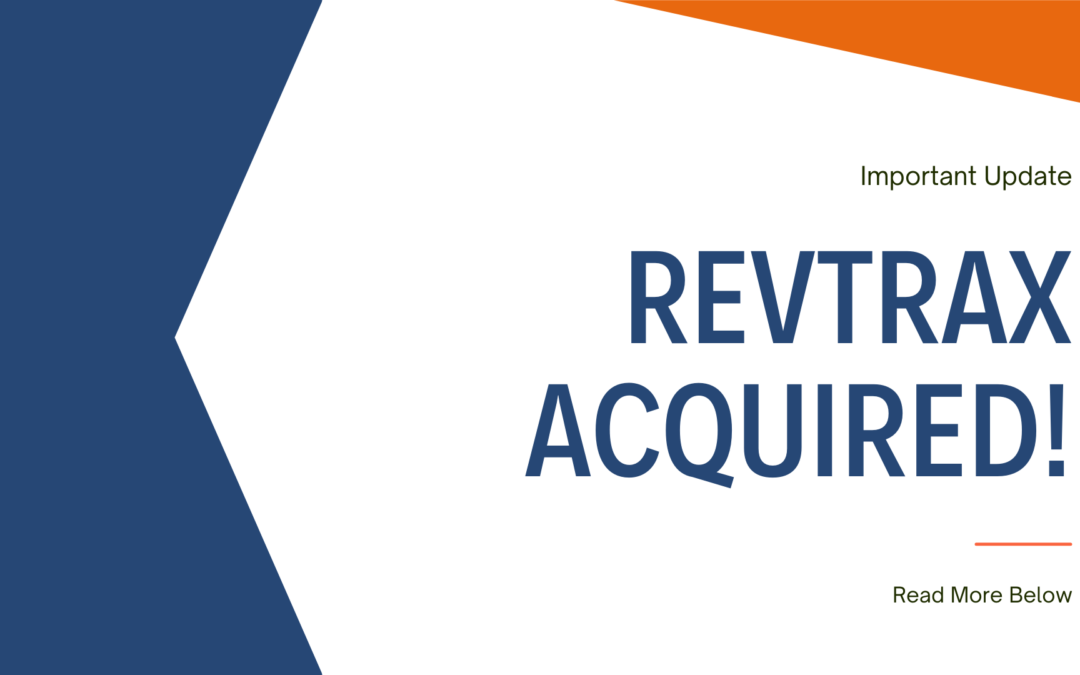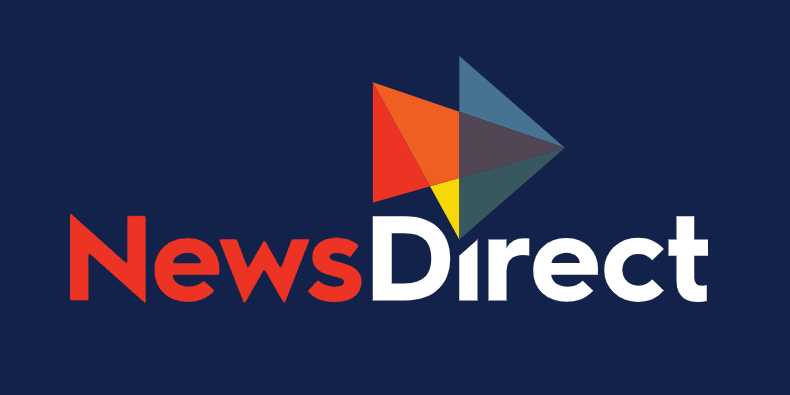Advanced Data Analysis Can Help Overcome Customer Acquisition and Engagement Challenges Within Your CPG Strategy
The Consumer Packaged Goods (CPG) industry is facing more challenges than ever before. The benefits of an expanded global marketplace come alongside changing customer demands due to demographic and cultural variables. Some new and notable challenges in the CPG industry today include the growth of private label brands, the ability of organic “Mom & Pop” brands to rapidly gain share and distribution, and new “digital-first” brands that can move faster based on insight and customer demand.
Brand loyalty is declining, even among the most massive CPG companies. A study¹ showed that 90 of the largest 100 CPG brands lost market share in 2015, a pattern that was consistent regardless of category. A Salesforce report² stated that 70% of consumers have recognized that technology is eroding brand loyalty by making it easier to switch from one brand to the next, with expectations of consistent, immediate and responsive customer service.
On the other hand, technology and the increased use of mobile devices mean data regarding consumer habits is available to businesses at unprecedented levels. Using the right tools to collect and analyze data, CPG brands can test and optimize offers to provide the right offer to the right consumer at the right time, as well as integrate the tools into any paid, owned, or earned platform.
There are many CPG strategies forward-thinking brands can leverage for success and building customer loyalty, which tend to fall into two categories: strategic transformation and customer data.
Learn how to attract new audiences with digital offers: Download the noosa case study
1. Strategic transformation
Strategic transformation, in this case, refers to the potential for a CPG brand to manage product offerings to appeal to a changing customer base, caused by entry to new markets or by changes in consumer preferences in existing markets. This transformation could be as simple as a change to existing packaging, marketing, or promotions, or something more involved like a joint venture or strategic acquisition.
Additionally, a brand can apply these principles to its internal workings. Updating business models can help a company to achieve operational efficiency, redefining corporate strategy while still protecting the core CPG business.
For strategic transformation to succeed, however, a company must invest in data analysis to spot micro and macro trends and market opportunities. The brand must also be committed to strategic planning, ready to take advantage of new opportunities as they arise to drive CPG sales.
2. CUSTOMER DATA
Another critical aspect that sets apart a successful CPG strategy is that it collects, analyzes, and applies consumer data to improve product offerings and appeal to customers, existing and new.
A study by McKinsey³ showed that executives at winning CPG companies are twice as likely to view advanced analytics as critical to business strategy. These corporations take analytical models, tools, and processes to build a system of data awareness that provides insights at all points of consumer contact, from store to city to international markets. Ideas and predictions generated by data analysis can be applied to decisions company-wide.
A significant challenge across the CPG industry is that of customer acquisition. Consumers are better-informed about the options available to them, due to widespread technological usage which makes it easy to compare products brand-to-brand. Marketers must be creative in creating contact with new customers, and in the face of declining brand loyalty, in engaging existing customers as well. An accurate measure of the effectiveness of a marketing campaign is crucial as well, as a measurable return on investment can help a company to make better-informed decisions on how to spend limited resources.
Data analysis can provide a CPG brand with consumer insights, and help to pinpoint the specific time in the purchase cycle where a promotion or deal would be most useful in generating a sale. It can help to engage existing customers with personalized, proven appeals and promotions and help a company to find new customers in underexposed areas of the market.
For CPG brands to take advantage of the opportunities that data analysis presents, many organizations turn to a solution like RevTrax. With RevTrax, a brand can chart its customer’s journey from an online search to an in-store purchase, with the ability to connect a specific keyword campaign to a physical purchase. Without any guesswork, RevTrax accurately measures the return on investment from digital marketing to offline purchases.
For example, noosa, a producer of small-batch gourmet yogurt, chose RevTrax to partner on a campaign to engage existing customers, and expand their customer base. Using RevTrax, noosa captured CRM enrollments and then mail individualized printed coupons. The program, called ‘Best Mates’, allowed an existing customer to send a friend an offer for a free yogurt.
noosa employed RevTrax’s coupon creation, optimization, and analysis capabilities to turn a social campaign into a high-return product sampling program, generating results that exceeded the goals the company set for site traffic, CRM signups, and customer engagement. The ‘Best Mates’ program was so successful, in fact, that noosa extended a short-term program into an ongoing campaign.
CONNECTING THE DOTS
With the right technology, digital offers can provide valuable insight to a CPG brand’s overall strategy. A brand could test thousands of versions of an offer for an upcoming campaign in hours, a process that would take months to complete manually. Personalized offers to consumers can be automated, and targeted dynamically to leverage social marketing and help to uncover new customers in existing markets.
With serialized barcodes as identifiers, RevTrax provides brands accurate measurements for brand engagement activities, from CRM enrollment to digital promotions redeemed in-store or online (e.g., print-at-home coupons, loyalty card offers, print-and-mail or even eCommerce offers). Specific data can be analyzed to help marketers determine accurate ROI for different CPG marketing campaigns, and extend the campaign between online and offline engagement. Using the data collected through RevTrax, brand marketers can create intelligent promotions that are consistent and effective across the entire marketing plan.
While CPG brands are facing more challenges than ever before, technology is providing unprecedented opportunities as well. With the smart, strategic application of advanced data analysis techniques, brand marketers can now deliver effective campaigns which can be accurately connected to the bottom line and their CPG strategy.
¹ http://adage.com/article/cmo-strategy/top-100-cpg-brands-lost-sales-share-past-year/300660/
² https://www.salesforce.com/blog/2017/07/customers-expectations-in-age-of-the-customer.html
³ https://www.mckinsey.com/industries/consumer-packaged-goods/our-insights/winning-in-consumer-packaged-goods-through-data-and-analytics
Learn how to get the most out of your digital CPG promotions — download the noosa case study and see smart consumer insights at work.





